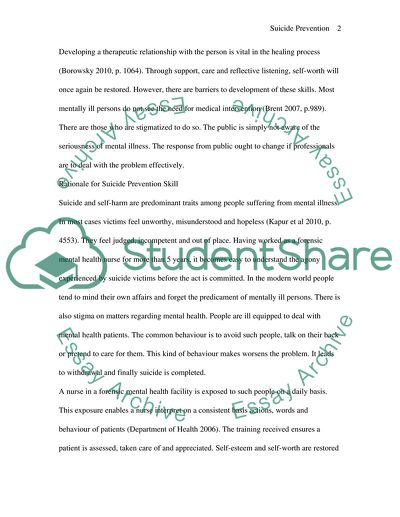Cite this document
(Suicide Prevention within High Security Hospital Research Paper, n.d.)
Suicide Prevention within High Security Hospital Research Paper. Retrieved from https://studentshare.org/health-sciences-medicine/1745863-suicide-prevention-within-high-security-hospital
Suicide Prevention within High Security Hospital Research Paper. Retrieved from https://studentshare.org/health-sciences-medicine/1745863-suicide-prevention-within-high-security-hospital
(Suicide Prevention Within High Security Hospital Research Paper)
Suicide Prevention Within High Security Hospital Research Paper. https://studentshare.org/health-sciences-medicine/1745863-suicide-prevention-within-high-security-hospital.
Suicide Prevention Within High Security Hospital Research Paper. https://studentshare.org/health-sciences-medicine/1745863-suicide-prevention-within-high-security-hospital.
“Suicide Prevention Within High Security Hospital Research Paper”, n.d. https://studentshare.org/health-sciences-medicine/1745863-suicide-prevention-within-high-security-hospital.


